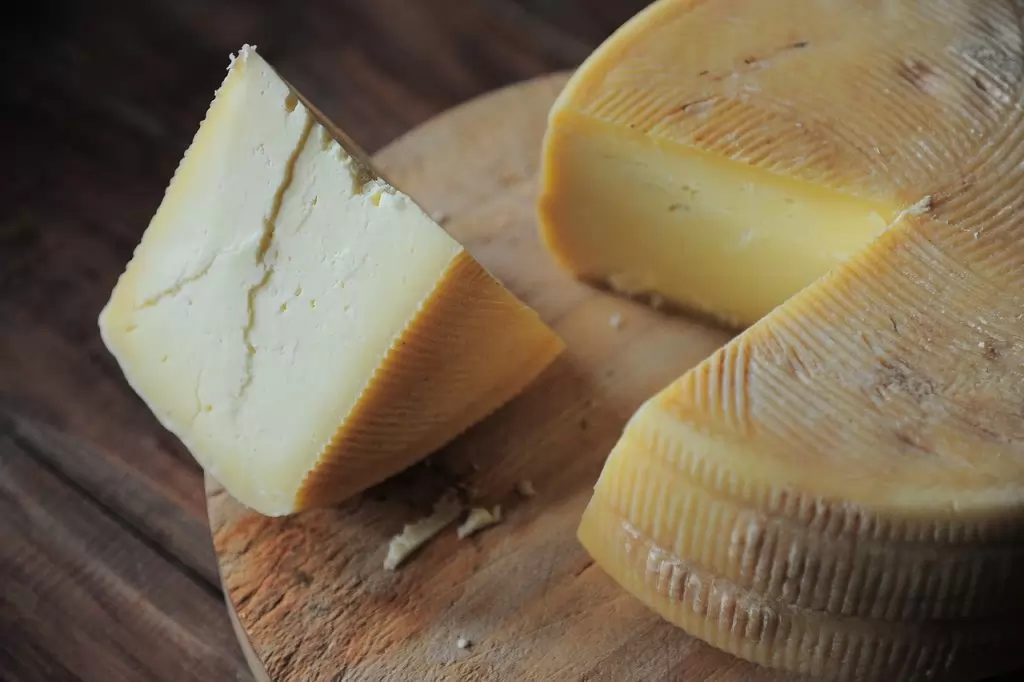The pecorino cheese with raw milk, with its characteristic round shape and its straw-yellow color, has a salty paste and a soft consistency and comes in three varieties of aging: fresh, abbucciato and asserbo. In its processing, the milk is filtered, poured into a tinned copper boiler for the formation of the curd and heated to a temperature of 35-38 ° C; then we proceed to the sizing and the stewing.
The subsequent salting facilitates its maturation and gives the pecorino its typical flavor.
Pistoiese sheep’s raviggiolo has a truncated cone shape. It is white in color, with a soft consistency, a sour taste and a scent of milk.
In the processing of this cheese, the milk is poured into the boilers and brought to a temperature of 38 ° C; the curd is then collected and placed in the fuscelle, where after a few hours it is salted. Raviggiolo is produced from October to March and is eaten fresh. This traditional product uses only raw materials of local origin.
The ricotta of sheep has a truncated cone shape, white color and soft consistency.
In its processing, milk, obtained from two daily milkings of sheep, is filtered with a cellulose filter. It then proceeds to heating, in tinned copper boilers, up to a temperature of 35-38 ° C. After resting the curd for a few minutes, it is broken with a utensil called “chiova” and then left to drip inside the molds. The milk used is strictly local and of high quality, thanks to the soil and climate conditions of the pastures. The ricotta, which is therefore distinguished by its particular taste, is traditionally combined with necci, another typical production.
The seasoned caciotta cheese is a cow’s milk cheese with a sapid flavor, the slightly acidic smell and the white color, which is produced in the hamlet of Melo in Cutigliano. The paste has a semi-hard consistency and is wrapped in a wrinkled cylindrical rind. In processing, cow’s milk is heated to 68 ° C in the boiler and then “aged” for 40 minutes.This cheese is distributed in the molds manually and always in the molds the shapes are put to drain; then proceed to salting. Maturing takes place in cool and airy rooms, on planks of poplar wood. Its particularity is linked to the quality of the milk coming from cattle raised in the semi-wild state on high altitude pastures. The aged caciotta is excellent combined with polenta or salad with mushrooms, but even more it goes well with pears, with Tuscan bread and young wines and typical cold cuts.
